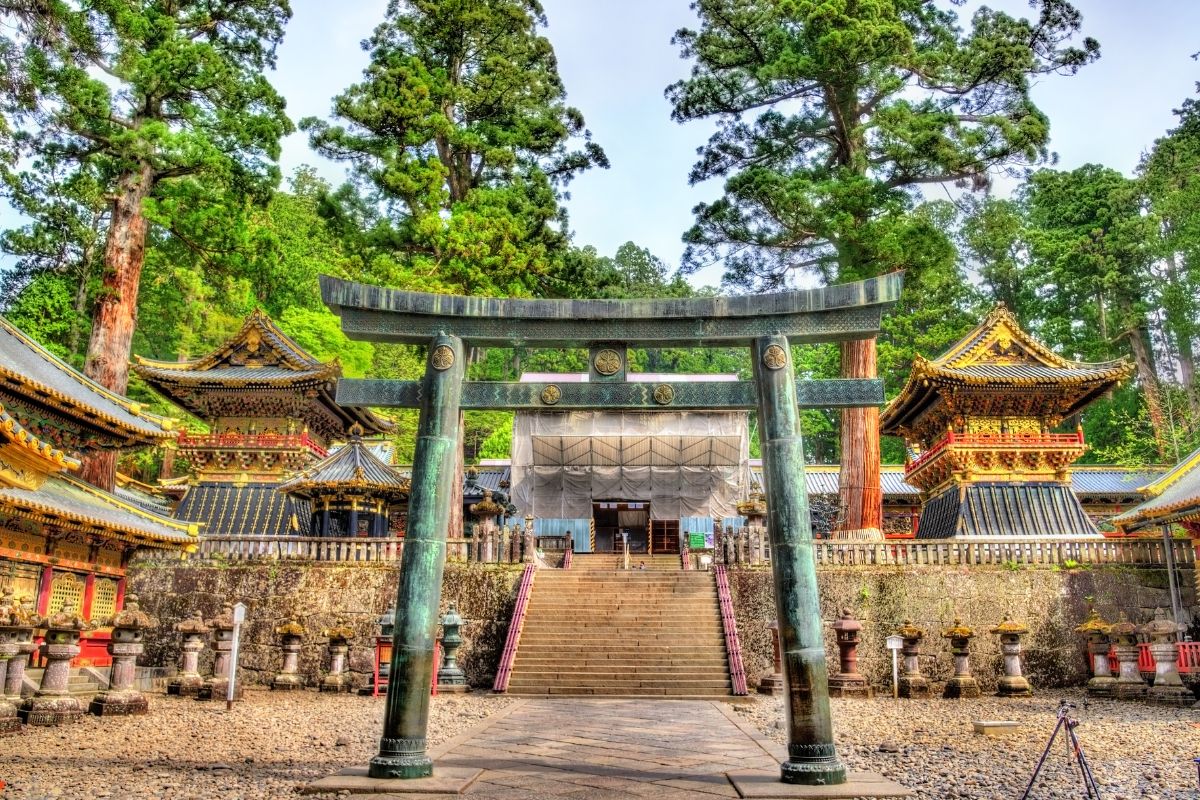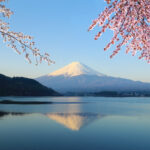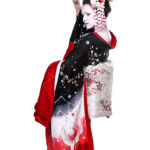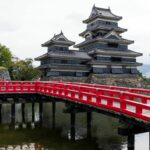Today, Tokyo is known for a lot of incredible things. From fashion and technology to culture and creativity, this is one of the most amazing cities in the world.

As unique as this city is now, it also has a history that is equally unique and interesting. One of these aspects is the name!
Tokyo has only been known as Tokyo for around 150 years. Before then, it was the mighty city of Edo.
Why did this mighty city’s name change, and how did it happen? If you want to find out the answers to those questions and more, just keep reading! We’re going to cover everything you need to know about Tokyo and how it got its new name.
Why Is Tokyo Called Tokyo?
There are a number of factors that come into play when you’re looking for an answer to this question! It isn’t as simple as a run-of-the-mill name change. This is because of the history that surrounds the city, and the unusual occurrences that happened there.
How This City Got Its Name
Before 1868, Tokyo was actually known as Edo! This might sound familiar because of things like the Edo Period in history (which we will cover briefly). The name was changed to Tokyo when the emperor took back power in 1867 due to the Imperial rescript.
In Japanese, Tokyo is written as 東京. The symbol 東 means East or Eastern, while 京 means capital or metropolis. In Chinese, 都 is the character used for capital or metropolis, and Kyoto is written as 京都.
As such, Tokyo is implicated as being “a Kyoto in the East”. Kyoto is deemed to be the cultural capital of Japan, and is one of the largest tourist attractions in the country today.
However, this city was founded in 794 A.D. and was Japan’s capital for about 1,000 years. To many, Kyoto is still Japan’s capital, and there is an overwhelming sense of pride to those who live there.
This partially explains why Edo was renamed Tokyo (see also ‘When Was Tokyo Renamed?‘). The two cities have the same characters that make up the name (see the anagram section below).
However, this was done because of the pride that Japan had for Kyoto, and they wished Tokyo to be equally successful and affluent.
Why Was Edo Renamed Tokyo?
Even during the Edo Period, many regarded the city to be “Kyoto in the East”. However, this term and the associated characters (東京) weren’t used explicitly during that time.
Edo’s new name can be dated back to an 1868 petition. Sentaro Kitajima, a political figure in Edo, submitted this petition to the new government on the 4th of April 1868.
It was only because of this petition and his suggestion for the name “Tokyo” that this city is as we know it today.
A big part of the reason for the change of name was because of the history of the city. For the last 250 years, the city had been the headquarters of the Tokugawa (Edo) Shogunate.
A new name would help give the city a fresh start, and dispel the image and history of the shogunate.
Unfortunately, Sentaro Kitajima died just a decade later from cholera.
A Brief History Of Shogunate Rule In Japan

There were three shogunate periods in Japan’s History. The first one started with Minamoto Yoritomo in 1192 and ended in 1333.
After Go-Daigo’s revolt which ended the first shogunate rule, a second shogunate was established by Ashikaga Takauji in 1336. This shogunate ruled Japan from 1338 to 1573.
In the year 1600, Tokugawa Ieyasu gained control over Japan and established the third and final shogunate in 1603.
This last shogunate ended in 1867, when Yoshinobu was forced to relieve military and administration affairs to the emperor. It was this emperor, of the Meiji Restoration, who changed Edo’s name to Tokyo.
The Tokugawa Shogunate (1603-1887)
The Tokugawa or Edo Shogunate was different to the shogunates before. During this time, the leader of this shogunate was able to achieve hegemony over the entire country rather than just parts.
This resulted in a time of not only political stability, but also internal pace and incredible economic growth.
However, in order to maintain stability, the social order was frozen by the shogun. This meant that the four classes (merchants, warriors, artisans, and farmers) were prohibited from moving to another class.
About 80% of the population were peasants at this time, and were prohibited from participating in non-agricultural work and activities. This was done as a means to ensure that there was a stable source of income for anyone in a position of power.
In the 1630s, Christianity was banned as it was deemed a danger to society. This was due to the teaching that “all men are equal”, which did not work in the ruling that the shogunate had created.
All missionaries were expelled, and the shogunate adopted a national seclusion policy. As a result, any Japanese subjects who were out of the country could not return, and those in it could not leave.
Besides a few Dutch and Chinese merchants, all foreign contact was cut.
In the end, uprisings and financial instability led to the Tokugawa Shogunate being overthrown in 1867. The Meiji Restoration took place soon after that, and the emperor was returned to supreme power.
The name of Edo was changed to Tokyo to bring forth a new era in history.
The Anagram Of Tokyo And Kyoto
Tokyo and Kyoto have the same characters in Japanese writing. In English, it’s clear to see that both names consist of “To” and “Kyo”. We’ve already covered that Tokyo means “Kyoto in the East”, and the “to” means east.
As Edo was renamed Tokyo to be “Kyoto in the East”, it makes sense for both cities to use the same characters and letters!
A Brief History Of Tokyo
Through its tumultuous history, this city has seen incredible dangers and changes. Edo/Tokyo was the Tokugawa Shogunate government location in 1603, and barely 50 years later there was a major fire.
Over 100,000 people were killed, and 60 years later firefighter organizations were established.
By 1721, there were already 1.3 million people living in the city. This number jumped up to 3.36 million just 200 years later in 1935.
In 1945, the population dropped to just 3.49 million due to the Second World War. Only 20 years later, the city’s population reached 10 million, and in 2022, there are 14 million people living in Tokyo (see also ‘Outside Of Tokyo, Where Do Wealthy People Live In Japan?‘).
This population is the first population decline in the city since 1996!
Final Thoughts
Tokyo is called Tokyo because it means “a Kyoto in the East”. Kyoto used to be Japan’s capital, and is still the cultural capital (see also ‘Which Is The Capital Of Japan, Kyoto Or Tokyo?’). However, Tokyo wishes for the citizens of Japan to look at Tokyo with the same love and pride that they have for Kyoto.
This name change happened in the first place to put the country’s Shogunate rule behind them. In many ways, a new name was a fresh start.
This start was sorely needed, and gave not only the city, but the whole country a fresh slate for a new era to begin.
- 16 Best Websites To Watch Japanese Movies With English Subtitles - May 11, 2023
- Is ZIPAIR The Best Airline For Traveling To Japan? - May 11, 2023
- Ryu Murakami Vs Haruki Murakami – Which One Should You Read? - May 11, 2023








